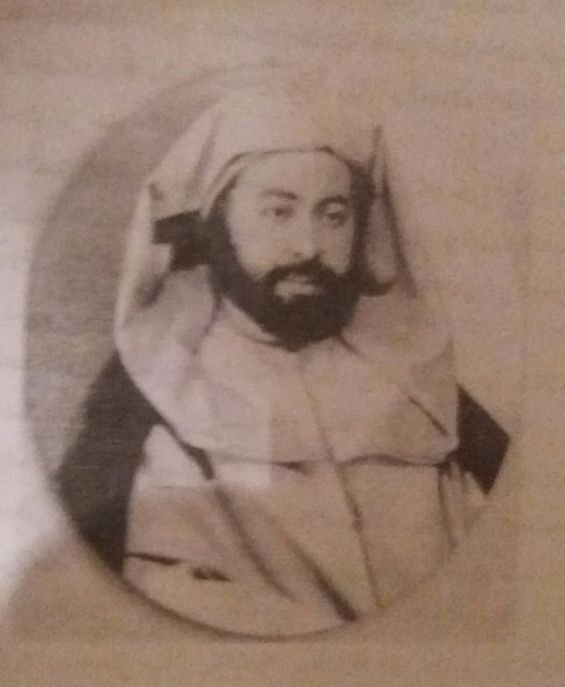Published in 1942 by Rif Press in Tetouan, Al-Zawiya, a novel by Tuhami al-Wazzani, is recognized as the first Moroccan novel written in Arabic. Blending autobiography with social history, the book chronicles various stages of the author's life while shedding light on conditions in northern Morocco during the Spanish occupation.
Tuhami al-Wazzani was a Moroccan Sufi scholar, historian, journalist, and writer, born in 1903 and passing away in 1972 in Tetouan. Despite lacking formal education, he was a self-taught intellectual with a deep passion for reading across various disciplines. This broad knowledge shaped his distinctive style of writing and expression.
His love for culture and literature led him to establish an independent newspaper in northern Morocco, which ran for 19 years. A vocal opponent of Spanish colonialism, he also founded several schools, recognizing education as a cornerstone of nation-building. Among the positions he held, he served as the first dean of the Faculty of Theology in Tetouan from its establishment in 1963 until his retirement.
Al-Zawiya explores al-Wazzani’s childhood and youth, offering a vivid portrayal of Tetouan society at the time and reflecting public opinion and thought. He discusses his family relationships, particularly the profound influence of his grandmother and mother, as well as his father, whom he only knew through their stories.

The novel also delves into key historical events, such as the Spanish occupation of Tetouan in 1913, and captures social customs, including the autumn tradition of relaxing on Martil Beach, where families set up tents along the coast.
al-Wazzani further reflects on his immersion in Sufism, referencing the Zawiya (spiritual lodge) and his readings of key Sufi texts, such as Ibn Arabi’s Al-Futuhat al-Makkiyya and Ibn Ajiba’s Al-Fahris, among others.
In a broader context, he addresses the state of the Arab world during World War I, examining Arab perspectives on the Ottoman Caliphate and the political climate of the era. He also discusses the influence of Lawrence of Arabia, highlighting his tactics and the role of money in swaying Arab leaders.
The magazine Daouat Al-Haq, affiliated with the Ministry of Endowments and Islamic Affairs, noted that the novel was printed on poor-quality paper due to wartime austerity in World War II. Published by Rif Press in 1361 AH/1942 AD, the book contained numerous typographical errors, which the included «error and correction» table only partially addressed. The magazine affirmed that Al-Zawiya remains a significant work worthy of reprinting.
Beyond Al-Zawiya, Tuhami al-Wazzani authored several other books, including History of Morocco (1940), Above the Saddle (1943), The Offspring of the Two Weights (1950), The Fresh Bouquet (1952), and The Swift Journey (1958).
In 2024, the Katara Prize for Arabic Novel in Qatar named Tahami Al-Wazzani as its «Personality of the Year» for its tenth edition. The Katara Foundation described him as «a distinguished embodiment of the comprehensive intellectual». The event also featured a photo exhibition documenting key moments in his life and a symposium on the evolution of the Moroccan novel and Al-Wazzani’s foundational role in its development.





 chargement...
chargement...













